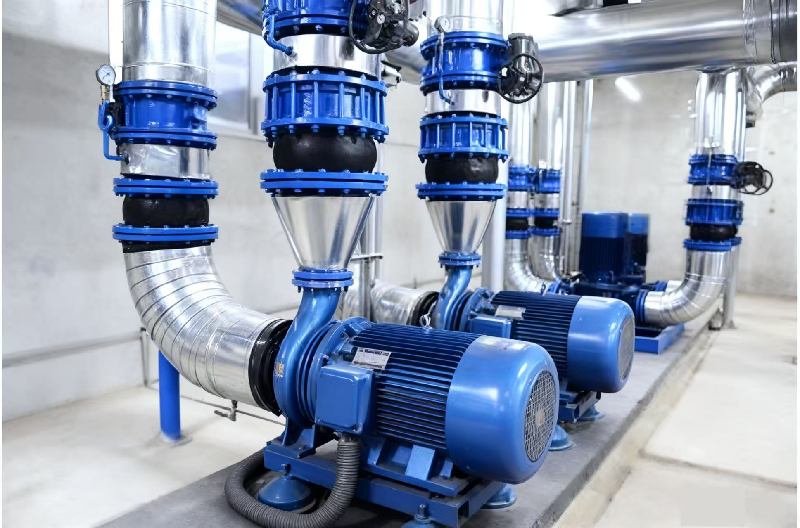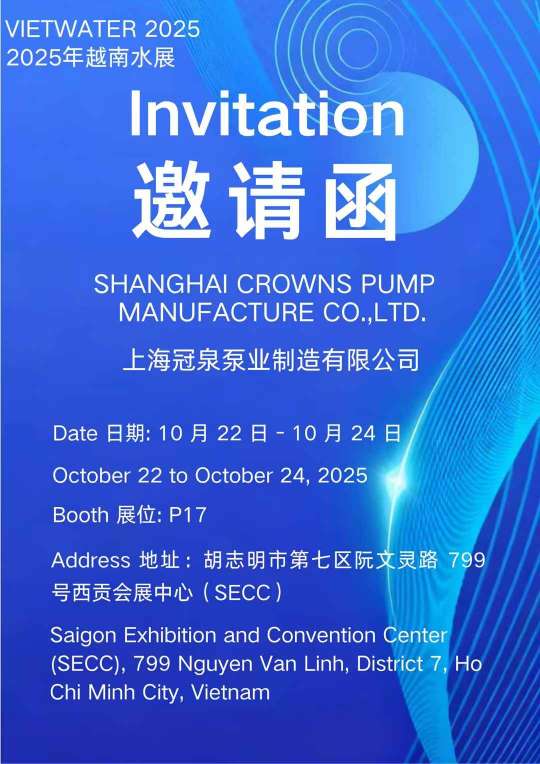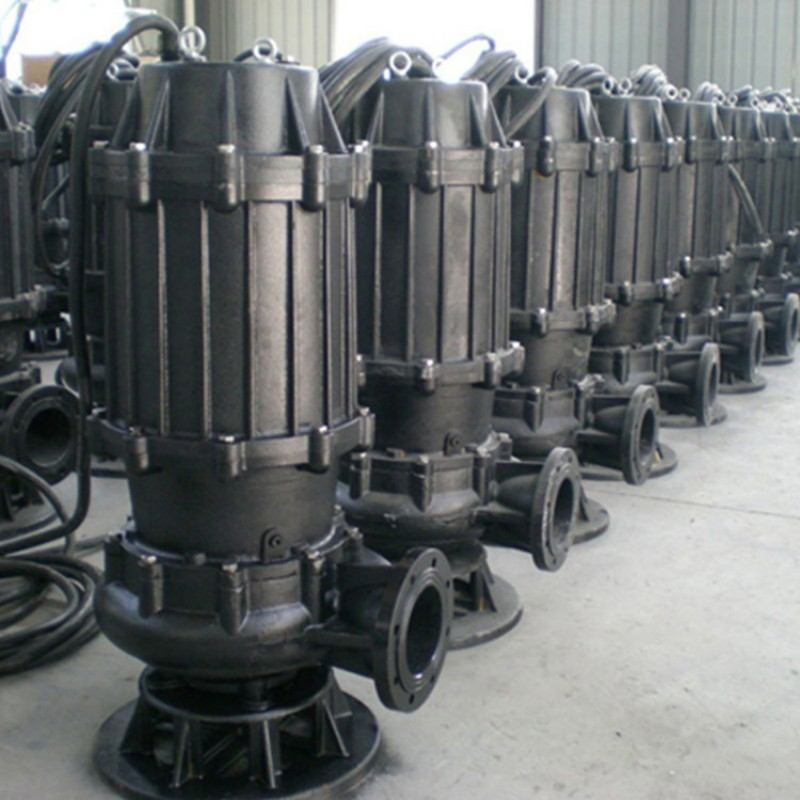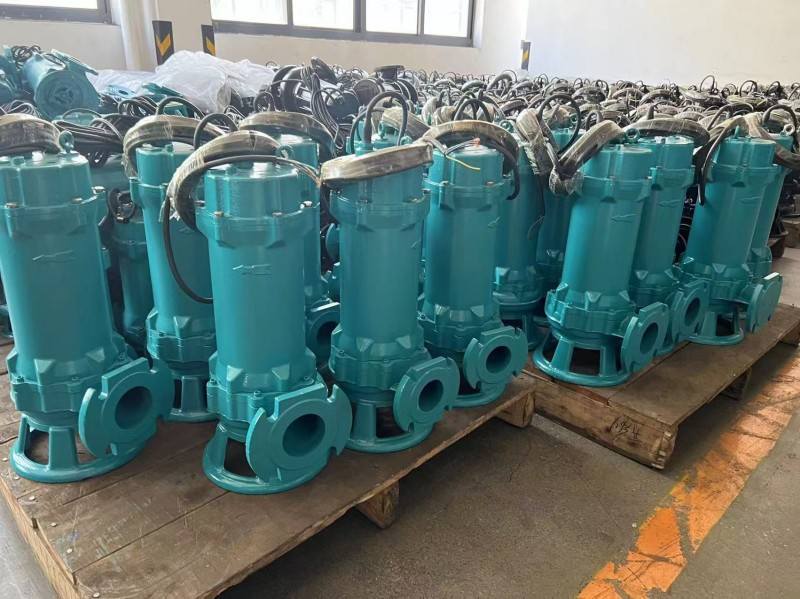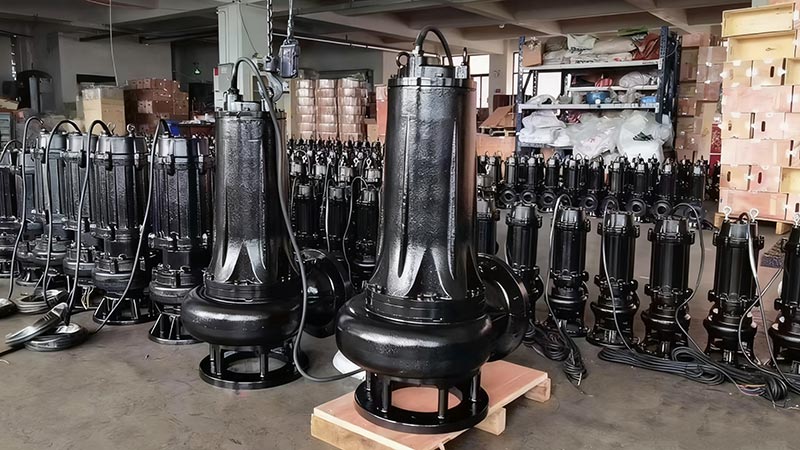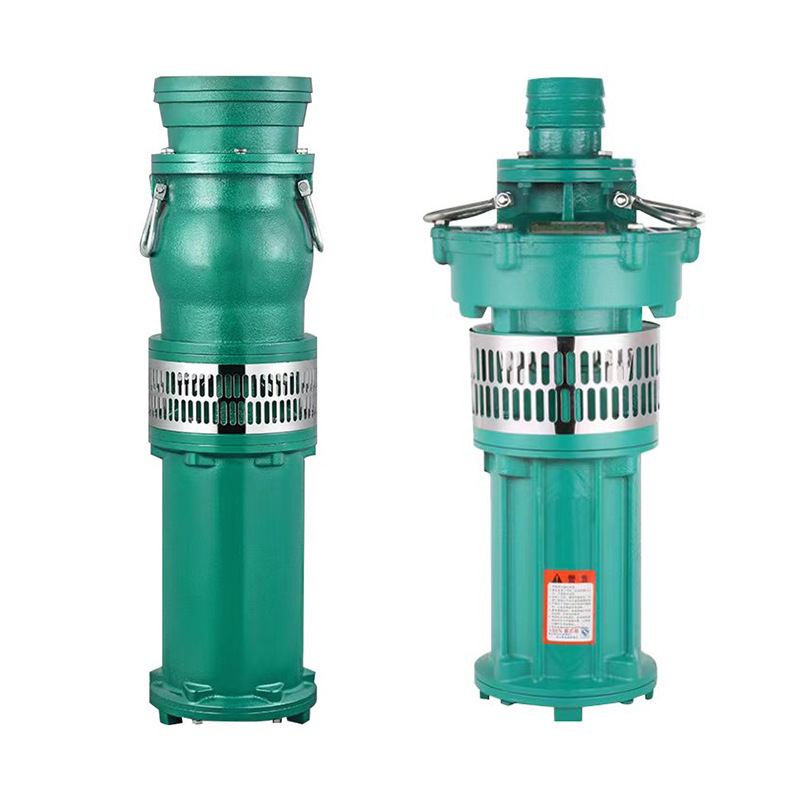News
Methods for Flow Regulation of Pipeline Centrifugal Pumps
For low and medium specific speed pumps, this is a common and economical flow regulation method, though it is generally limited to such pumps. Partially closing any type of valve on the outlet pipeline increases the system head, causing the system head curve to intersect the pipeline pump's head cur......
Read MoreApplications and Key Features of Non-Clogging Sewage Pumps
Non-clogging sewage pumps are developed by introducing foreign high-efficiency and energy-saving non-clogging sewage pump technologies and combining domestic technical expertise. All performance indicators have reached the technical level of similar foreign products.
Read More

